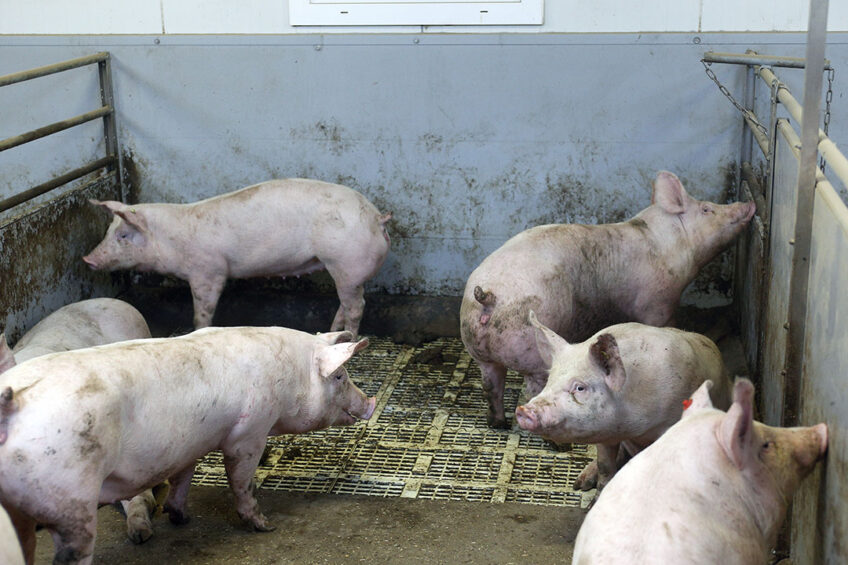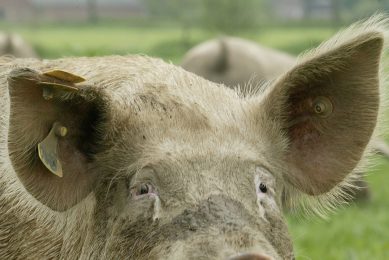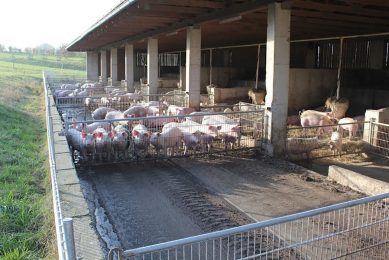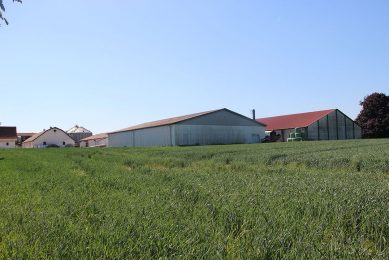Humic acid additive reduces pig manure odour

Penn State researchers have published a study where humic acid was added to manure to reduce odour. Dr Eileen Fabian and her colleagues note that whilst the use of digesters and solids separation to reduce odour are effective, they are costly control methods.
Many commercial additives are still being marketed, but Fabian states that few have been evaluated properly. Of those that have, “studies show that odour reduction is inconsistent, temporary or even nonexistent.”
Humic acid
Humic acid, defined loosely as a biostimulant-capable component of soil humus from the decomposition of organic materials, has been examined as an odour control tool for over 50 years. For example, a 1972 paper in the Journal of the Air Pollution Control Association mentions that its use in the feed ration has the potential to eliminate odours from manure of swine and other livestock species.
Study details
At a full-scale swine finishing operation, the team found that a liquid humic additive called ManureMax provided significant swine odour reduction from barn ventilation exhaust and field odor concentrations where swine manure had been surface-applied.
2 tunnel-ventilated finishing barns on 1 farm were used for the demonstration, separated by 1,800 feet (167 m2) of woodland and fields, with 2,250 pigs each of similar age. The underfloor manure storage pit of 1 barn received monthly additions (‘shock-treatments’) with the additive, while the other received none. When the barns were cleaned for restocking, treatments were switched. In addition, 5 monthly shock treatments were applied to the outdoor manure pits.
The team used human subjects to quantify odour level as this method is considered most accurate. Subject input was assisted with the use of hand-held devices that provide various pre-set odour dilution ratios.
Costly treatment
In addition to measuring the odour level, the team also examined the costs of the monthly manure pit treatments. With less than 8 hours of labour over a full 20-week pig finishing-cycle, the total estimated cost for the process was $ 0.70 USD per hog.
Caution with results
Fabian explains that these “results showing odour reduction efficacy of 1 manure additive cannot be broadly extrapolated to other products or even to other scenarios using the same additive. Production of malodorous gases from manure is extremely complicated and depends on the nature of the manure, the specific agricultural practice under consideration, frequency and rate of treatment, etc.”
Other recent research
Another recent study from the Institute of General and Inorganic Chemistry in Belarus examined 3 chemical mixtures: sulfuric acid and sodium hypochlorite, ammonium persulphate and peracetic acid, and sodium nitrite mixed with ammonium molybdate. These mixtures were examined because changing the pH of manure slurry up to a given point can stop the formation of odour-forming substances.
This study found all 3 mixtures removed unpleasant odours, but the latter 2 also provided a significant disinfecting effect after 21 days. Costs were not analysed.











